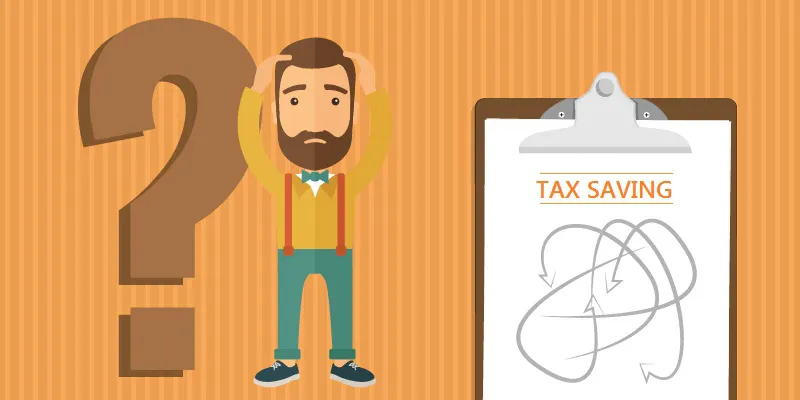How youngsters in their 20s should approach tax saving
You probably don’t want to be bothered about saving money if you’re in your 20s. There are so many places you want to visit, so many experiences you want to have, so many hotspots you want to be seen at. You’re young and you have your entire life ahead of you to worry about saving money. Agreed. But, at the risk of sounding like a bore, we have to say that money saved now will make a meaningful difference to your life later – as you grow older and have more responsibilities on your shoulders. And after all, we’re not asking you to stop doing your favourite things to save money. We’re just telling you to save on the income tax that you have to pay.

The Income Tax Department allows you to save up to Rs 1.5 lakh a year by investing in tax-saving avenues or deducting some expenses that you’ve made. Everyone should take advantage of this and pay the minimum amount of tax. Here’s how you – young India in its 20s – should approach tax saving for the current financial year.
Don’t procrastinate till the last quarter
The best investment decisions are made when you have time in hand. Right now, in the first quarter of the financial year, you have the time to properly plan your tax-saving investments. If you procrastinate untill the last few months of the year when your HR department comes calling for investment proofs, you might end-up making a hurried decision. Avoid making a bad investment by planning your investments as soon as you can. You should estimate your income for the year and roughly calculate the amount of money you could save under Section 80C. That amount should be spread across the rest of the year using a dedicated investment plan.
Avail all expenses that are tax exempt
There are various expenses that you incur for which you can get tax breaks. Your life insurance premium, medical insurance, and home loan repayment are just some of the expenses that you incur and are eligible for deductions under Section 80C. You should be aware of these expenses as they constitute money that you’ve already spent and not getting tax breaks on them would be a folly. Once you have noted the expenses that are eligible for deductions, invest the rest of the 80C amount to help your money grow as well.
Invest a good portion in ELSS funds
Traditional tax-saving investments like PPF and fixed deposits don’t have the capacity to earn inflation-beating returns. The equity exposure that ELSS funds have allows them to do this. Sure, equity can be risky but that is in the short term. Over longer periods, the risks are mitigated and you can earn higher returns as well. Even if you don’t want to have your entire tax-saving investment portfolio in ELSS funds, you should try to have at least 60-70% exposure to it in your 20s when you have a long investment horizon.
Diversify your tax-saving portfolio
While ELSS funds make the most sense for young investors, you would gain just as much by diversifying your tax-saving portfolio. An ideal portfolio should be a mix of equity and debt investments. While equity-oriented investments come with an element of risk, debt-oriented tax-saving investments like the PPF and tax-saving fixed deposits offer guaranteed returns and complete capital protection. Put together, you can have a portfolio that earns good returns without assuming high amounts of risk.
Use tax-saving investments to fulfil goals
Saving taxes shouldn’t be the only purpose of investing in tax-saving avenues. By nature, these tax-saving investments are for the long term and can help you fulfil financial goals as well. Whether you are trying to save for your retirement, a car, a house or a vacation, you can align your tax-saving investments with these goals and fulfil them with relative ease.
Keep track and stay on course
Since young investors are advised to invest largely in ELSS funds, it is important for them to keep an eye on their investments as well. ELSS funds come with a lock-in of three years, but an investor can stop investing in a poor performer even before the lock-in ends. Hence, it becomes important to have an annual check of your funds’ performances and replace the bad ones with better options. At the same time, you must continue to invest in ELSS funds, even through a bad phase of the market, to reap the long-term benefits that they can offer.
The above are the six things that anyone in his or her 20s needs to keep in mind while planning their tax savings for the financial year. Remember: tax-saving investments and expenses can get you the best of both worlds – money saved and money used to ease your financial life.
(Disclaimer: The views and opinions expressed in this article are those of the author and do not necessarily reflect the views of YourStory)







